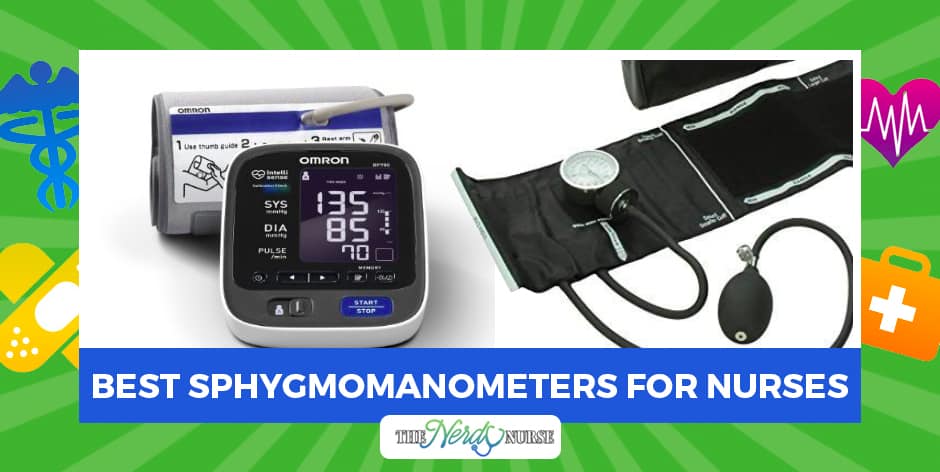
“Vegetables and fruits are essential ingredients in almost every cuisine. If you let them play starring roles in your diet, they will reward you with many benefits besides great taste, terrific textures, and welcome variety. A diet rich in fruits and vegetables will lower your blood pressure, decrease your chances of having a heart attack or stroke, help protect you against a variety of cancers, guard against constipation and other gastrointestinal problems, and limit your chances of developing age-related problems like cataracts and macular degeneration, the most common causes of vision loss among people over age sixty-five. I’ve plucked potatoes out of the vegetable category and put them in the “Use Sparingly” category because of the dramatic effects on levels of blood sugar and insulin.”
Read more...



